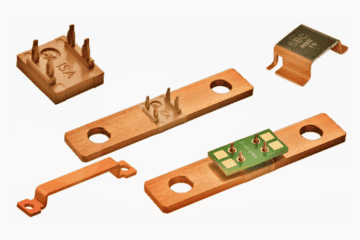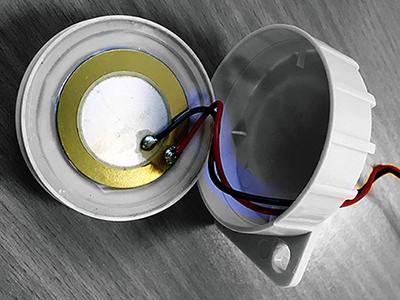There are times when it’s astounding to be able to make a programmable shunt regulator, perhaps using obsolete components from your junk box. Recently, I used a modest little circuit to do that thing; the basic idea was to use the far-famed LM336Z5 precision shunt regulator diode. OK, let’s go through a little example that shows how to set up a constant voltage reference using the old school electronics method!
LM336Z5 IC – Quick Intro
The LM336Z5 is a precision 5.0V programmable shunt regulator. This monolithic IC voltage reference operates as a low-temperature coefficient 5.0V Zener with 0.6Ω dynamic impedance. The third terminal on the LM336Z5 lets the reference voltage and temperature coefficient to be trimmed.
The LM336Z5 IC is much easier to use than regular Zener diodes as its low impedance and wide operating current range simplify biasing in almost any circuit. Further, either the breakdown voltage or the temperature coefficient can be adjusted to optimize circuit performance. Also note that the LM336Z5 operates as a shunt regulator, so it can be used as either a positive or negative voltage reference.
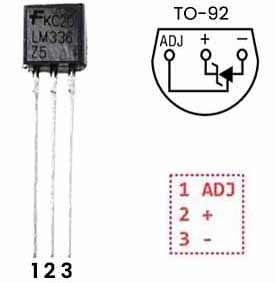
LM336Z5 IC – Key Features
- Low temperature coefficient
- Adjustable 4V to 6V
- Wide operating range current of 400uA to 10mA
- Three lead transistor package (TO-92)
- 0.6Ω dynamic impedance
- +/-1.0% initial tolerance available
- Guaranteed temperature stability
- Easily trimmed for minimum temperature drift
- Fast turn on
LM336Z5 IC – How will it Work?
The primary aim of this session is to get a working design out. I hope that others will then use that as the basis for improvements and variations. Luckily, LM336Z5 is a fairly simple device that demands only a few external parts. Well, let’s see how to get it working!
First, the wiring diagram of a pretty simple and quite straight forward basic reference voltage generator setup. Here, you will at most need a single resistor to start your experiments. The scheme shown below provides a stable dc output of around 5 volt.
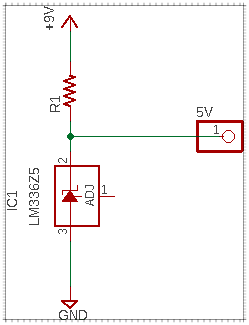
I used a 4.7KΩ resistor as R1. It should be noted at this point that as long as you supply the LM336Z5 with a minimum of 0.6mA and a maximum of 10mA (15mA absolute maximum) current, its voltage will be close to 5V.
Below you will find a confirmation provided by my Owon Bluetooth Digital Multimeter. The remote display is an Android 11 Tablet from Motorola!
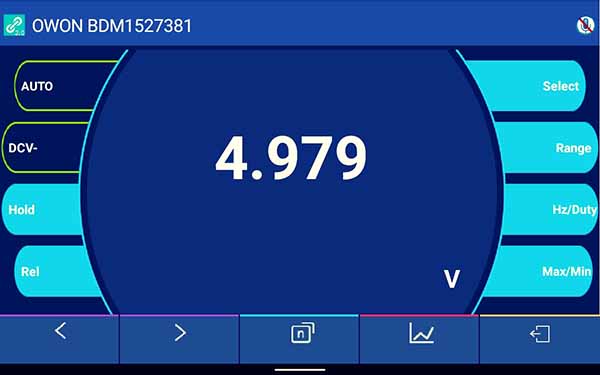
And, this is what my quick test setup wired on the mini breadboard looked like. I used a 6F22 9V battery to power the test setup and it worked well.
As you can see the first pin (ADJ) of the LM336Z5 IC is not used in this basic test scheme.
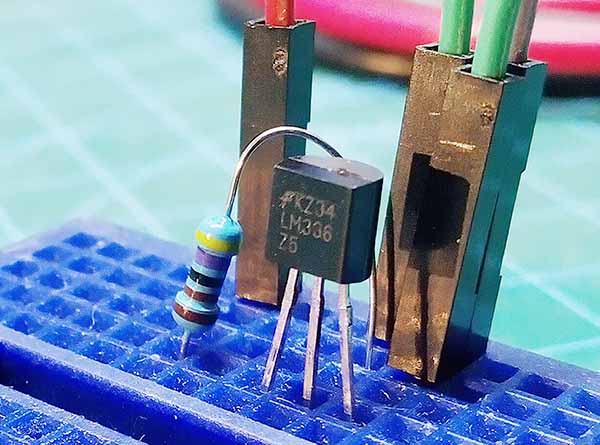
So, the next figure shows a bit odd configuration of the LM336Z5 to set the output voltage down to around 2.5 volts. As you can see, its first pin (adjust pin) is tied to the ground rail here.
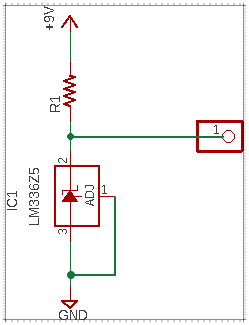
This is in fact an empirical method that I tried by chance. I did not find this idea anywhere in the official datasheet, so take this further at your own discretion but only after studying the schematic diagram of the LM336Z5 IC (see below).
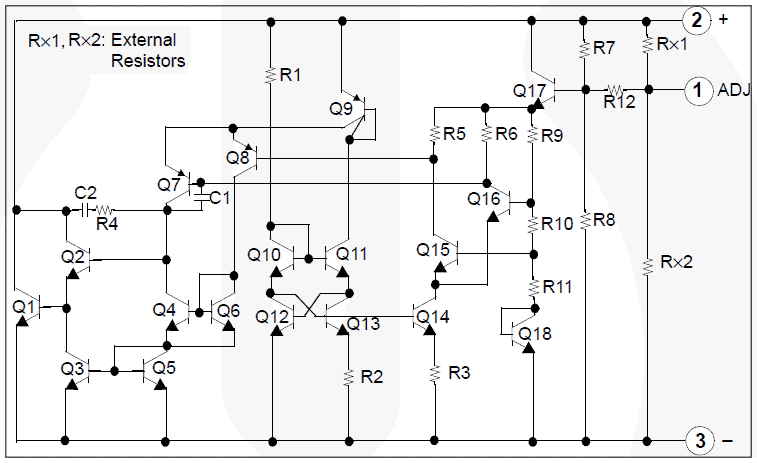
At this point, note that you can easily use the LM336Z-2.5 IC (see below) to create a stable 2.5V reference.
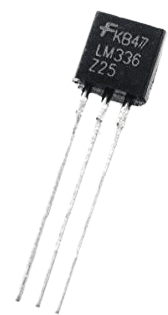
Conclusion
For low power, low current applications, the LM336 series 3-pin shunt regulators feature adjustable/programmable output voltages with great thermal stability. They provide low dynamic output impedance and fast turn-on response while operating over the industrial temperature range. Sad to say but yes, these little chips were permanently discontinued!
Without bias, I got my LM336 ICs from https://www.electroncomponents.com/
Now you know there is a relatively simple alternative – the TL431 programmable precision reference.
The TL431 and LM431 series integrated circuits are three−terminal programmable shunt regulator diodes. These monolithic IC voltage references operate as a low temperature coefficient zener which is programmable from Vref to 36V with two external resistors. These devices exhibit a wide operating current range of 1mA to 100 mA with a typical dynamic impedance of 0.22Ω . The characteristics of these references make them excellent replacements for common zener diodes in many applications.
The TL431 has a long history. It was introduced in 1978 and has been a key element of many devices since then. The TL431 is widely used in switching power supplies, where it provides feedback indicating if the output voltage is too high or too low.
You can find a few related do-it-yourself projects elsewhere on this website (https://www.codrey.com/?s=TL431) but you can also see an in-depth theoretical post here later. So, stay tuned!


